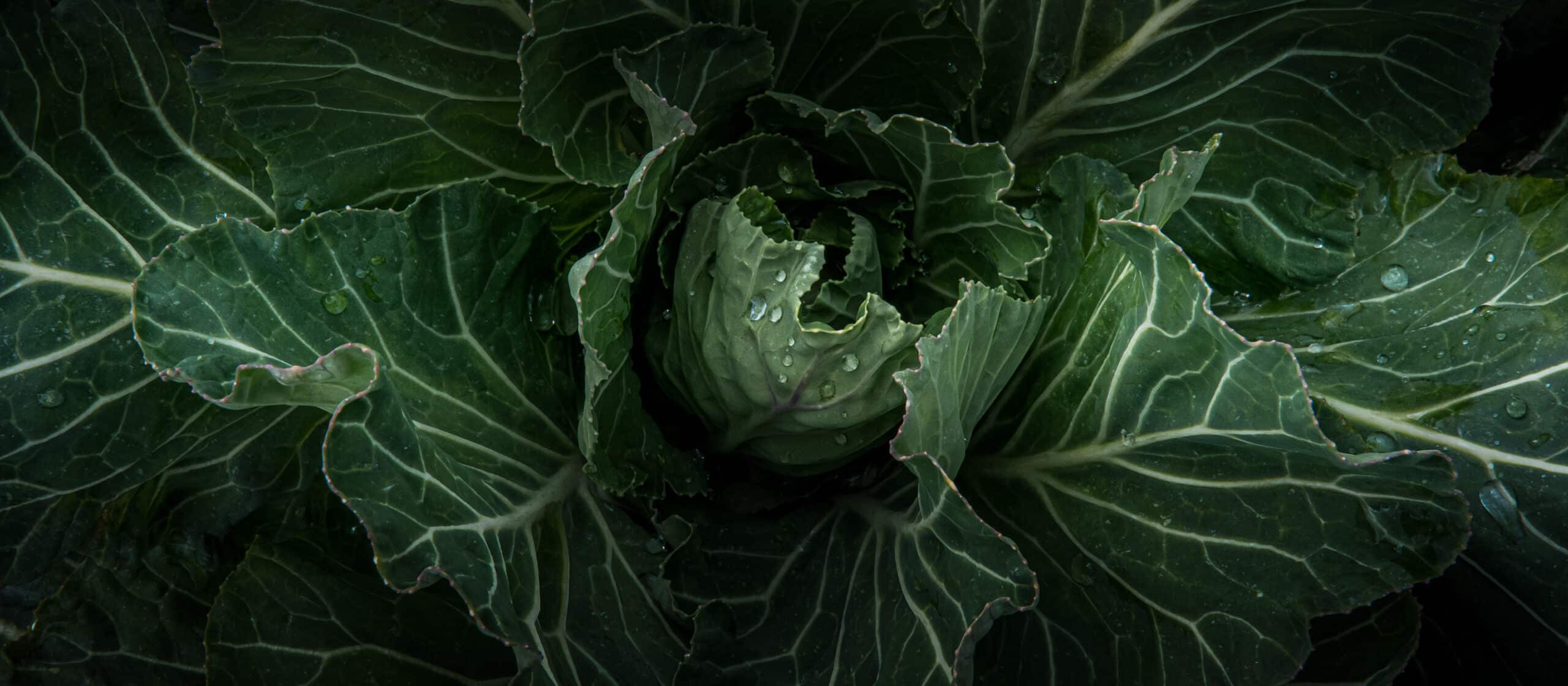
The Nutritionist’s Pantry: Pears
The Nutritionist’s Pantry: Pears
- posted on: December 11, 2015
- posted by: 21 Acres
"*" indicates required fields

Submitted by Amanda Bullat, MSN, RD, CD, 21 Acres
“…and a partridge in a pear tree.” Pear season is in full swing! Did you know that the Pacific Northwest produces more than 80 percent of the nation’s pears? While peak season is typically Fall and Winter, a few varieties are available much longer throughout the year.
Nutritionally speaking, pears are similar to apples in that they come in at just about 100 calories each for an average size, offer about 5.5 grams of fiber, contain 10 percent of the daily vitamin C and 5 percent of the daily value for potassium. The potassium helps to keep our blood pressure in balance and the high soluble fiber content can contribute to healthy blood cholesterol levels. In one recent study, researchers found that for every 25 grams of white-fleshed produce eaten, participants were 9 percent less likely to suffer from stroke.
As a member of the rose family, pears make great additions to sweet as well as savory dishes. Some favorite ways to enjoy these seasonal delights include poached, sautéed, baked, roasted, grilled, and raw. Pears’ high pectin content also make them perfect for jams and spreads. Some of the varieties you may find include Anjou, Bartlett, Asian, Bosc, Comice, and Seckel. Anjou is typically the easiest variety to come by. They come in green and red varieties each with their own subtle flavor profiles. Anjous are great for munching raw, in a chutney, or as a pie. Bartletts are also widely available and offer a classic pear flavor. They work well for canning and pureeing. Bosc pears are usually more firm in texture, which makes them best for baking or poaching. The Comice, my personal favorite, are sweet and juicy – tasty for eating raw. The tiny seckel pears are the perfect size for a petite snack or light dessert.
Although many of the varieties are picked ready to eat within a day or two; if your delicious selection needs a little softening try leaving the pears on the counter at room temperature. Pears are natural ethylene producers, meaning they ripen well on their own after being picked. Once you’re content with their softness, they can be transferred to the fridge to maintain freshness.
Pears are a very versatile fruit as they pair well with a variety of flavors including, warm spices like allspice, ginger, cardamom, cinnamon, cloves, and nutmeg. Nuts such as pistachios, almonds, and pecans are also great partners as well as dark chocolate – my personal favorite! For the local cheese fans among you, our resident cheese specialist Marie Caldron recommends the following local cheese pairings for any of the above pears: Cascadia Creamery’s Cloud Cap and Glacier Blue, Beecher’s Clothbound Flagship, and Mt Townsend’s Red Alder. At 21 Acres, our favorites are cheese from Cherry Valley Dairy, Mt. Townsend Creamery and Sammish Bay Cheese.
Amanda Bullat MS RDN CD is a registered dietitian nutritionist with master’s degree from Bastyr University and a background in natural and sustainable food systems. Amanda has taught classes for Whole Foods Market, Keene State College in New Hampshire, Seattle Mountaineers, and various other community organizations. When she is not teaching or coordinating our culinary education program, Amanda supports and inspires clients through her private nutritional counseling practice.










 back to blog overview
back to blog overview








